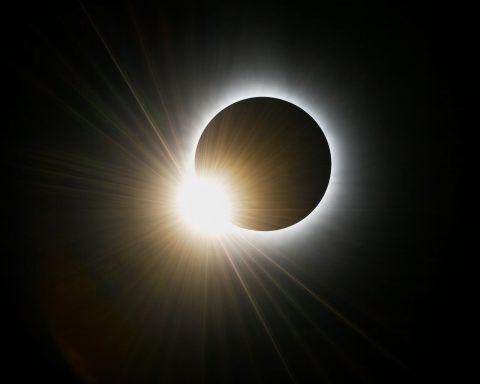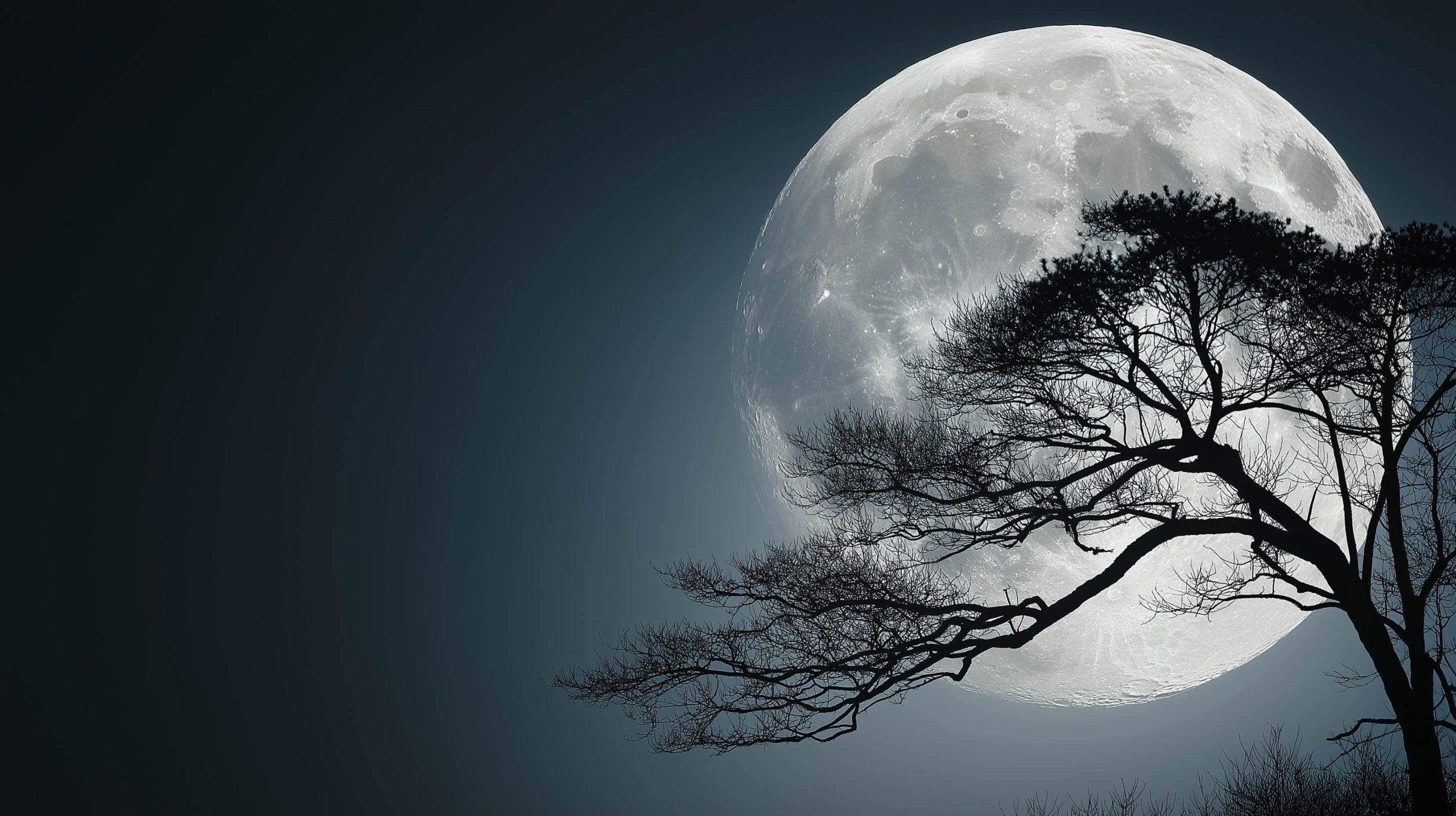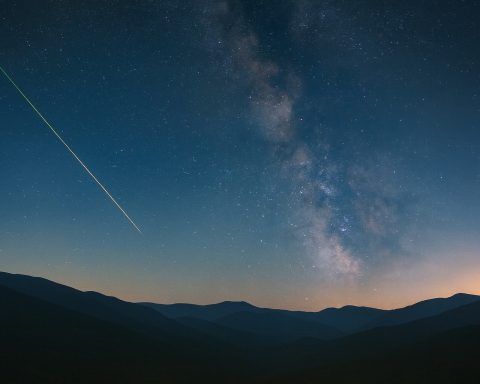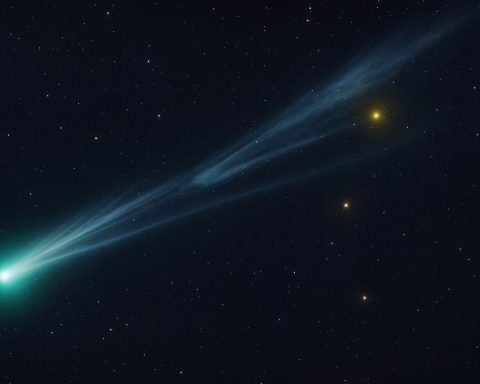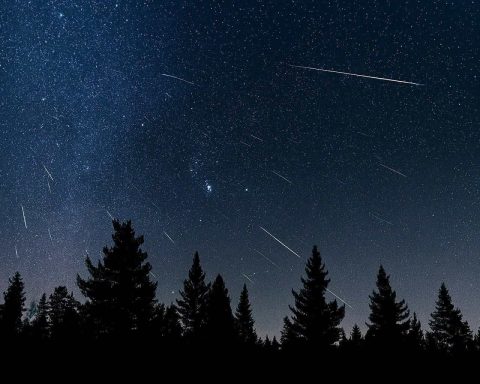
Geminids Meteor Shower 2025: The Asteroid Behind Today’s Shooting Stars (Dec. 15 Updates)
On December 15, 2025, the Geminids — often called the year’s most reliable “shooting star” show — are still making headlines around the world. While peak activity has largely passed, late-season Geminid meteors are continuing to streak across dark skies, and
